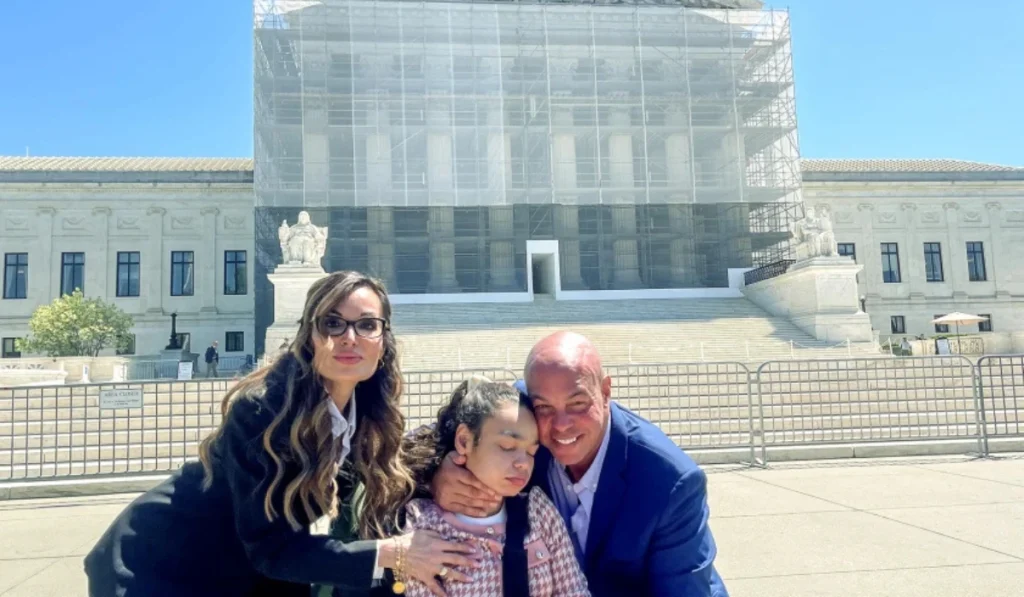For parents, educators, and dedicated professionals striving to rebuild and strengthen our urban school communities, the news from Manhattan’s federal courthouse this week was a breath of fresh air. U.S. District Judge Edgardo Ramos has once again extended a preliminary injunction, a vital shield protecting over $1.1 billion in unspent federal funding earmarked for elementary and high schools across 16 U.S. states and Washington, D.C. These funds, part of the American Rescue Plan Act, were designed to help our schools grapple with the long shadow of the COVID-19 pandemic. This decision isn’t just a legal victory; it’s a profound affirmation of our commitment to the future of our children, especially those in communities that bore the brunt of the pandemic’s disruptions.
The extension, in the case of New York et al v. U.S. Department of Education et al (U.S. District Court, Southern District of New York, No. 25-02990), is a clear directive to the Department of Education: process “without delay” all current and future funding requests. Furthermore, the Department is required to provide a progress report within one month, ensuring accountability and transparency in the distribution of these much-needed resources. This means schools can continue to plan and implement crucial programs without the constant threat of funds being pulled out from under them.
The backdrop to this ongoing legal battle is a critical one. While the Biden administration had initially extended the availability of the aid through March 2026, Education Secretary Linda McMahon, a member of the current Trump administration, has argued that states have had “ample time to spend the funds” and that there are “better uses for the money.” In a March 28th letter, McMahon abruptly rescinded previously approved extensions for states to utilize these funds, claiming that extending deadlines “years after the pandemic ended is not consistent with the Department’s priorities.” This sudden reversal sent shockwaves through state education departments, creating a “massive, unexpected budget gap” that threatened to derail vital services and even lead to layoffs.
New York Attorney General Letitia James, leading a coalition of 15 other attorneys general and Pennsylvania Governor Josh Shapiro, quickly moved to challenge this decision. As James stated, “The Trump administration’s illegal decision to cut off essential education funding put some of our most vulnerable students at risk of falling behind in school. This is a major win for our students and teachers who are counting on this funding to help them succeed.” [Source: New York Attorney General Press Release, May 6, 2025]. New York alone stood to lose $134.2 million in unspent funds, with Maryland facing the largest cut at $245.9 million.
For many in our urban centers, these funds are not simply numbers on a ledger; they represent the tangible difference between opportunity and despair. The American Rescue Plan Act’s education-related programs – including Elementary and Secondary School Emergency Relief (ESSER), Emergency Assistance to Nonpublic Schools (EANS), and Homeless Children and Youth (HCY) – are the lifelines that support the holistic recovery of our students. They fund tutoring programs to combat learning loss, mental health services for children still grappling with pandemic-related trauma, critical upgrades to school buildings to ensure safer and healthier environments, and even provide food for homeless students.
Imagine a dedicated teacher, pouring their heart into developing an after-school tutoring program for students who fell behind during remote learning. They secured the space, hired the tutors, and even started seeing the spark of understanding return to their students’ eyes. Then, suddenly, word comes down from the federal level that the funding they were promised, the very foundation of their efforts, is being revoked. This is the stark reality that many educators faced before Judge Ramos’ intervention. The injunction prevents the Department of Education from enforcing its May 11th “Dear Colleague” letter, which had given states an unrealistic May 24th deadline to claim remaining funds.
The judge’s original injunction, issued on May 6th, and its recent extension underscore a fundamental principle: Congress intended for these funds to be flexible and readily accessible to school districts. Judge Ramos explicitly stated that Congress did not intend to impose “unreasonable obstacles” on states in accessing these grants.
The Department of Justice’s argument that the unspent money should be taken back because the public health emergency had passed was firmly rejected by the court, which found that the Education Department’s actions were “arbitrary and capricious” and “contrary to the law.”
This legal battle highlights the complex dance between federal policy and local needs. While national debates about spending and priorities are important, the immediate impact on the ground, in our classrooms and communities, cannot be overlooked. The decision to cut off these funds would have ripple effects, forcing schools to halt ongoing projects, potentially lay off staff, and ultimately, shortchange the very students we are all sworn to serve.
As parents, we have a right to expect stability and support for our children’s education. As educators, we need the resources to innovate and adapt to the evolving needs of our students. And as professionals in our communities, we understand that a strong educational foundation is the bedrock of future prosperity. This ruling by Judge Ramos isn’t just about money; it’s about ensuring that our urban schools have the fighting chance they deserve to continue providing the best possible environment for our young people to thrive. The fight for these funds is a fight for our collective future.





